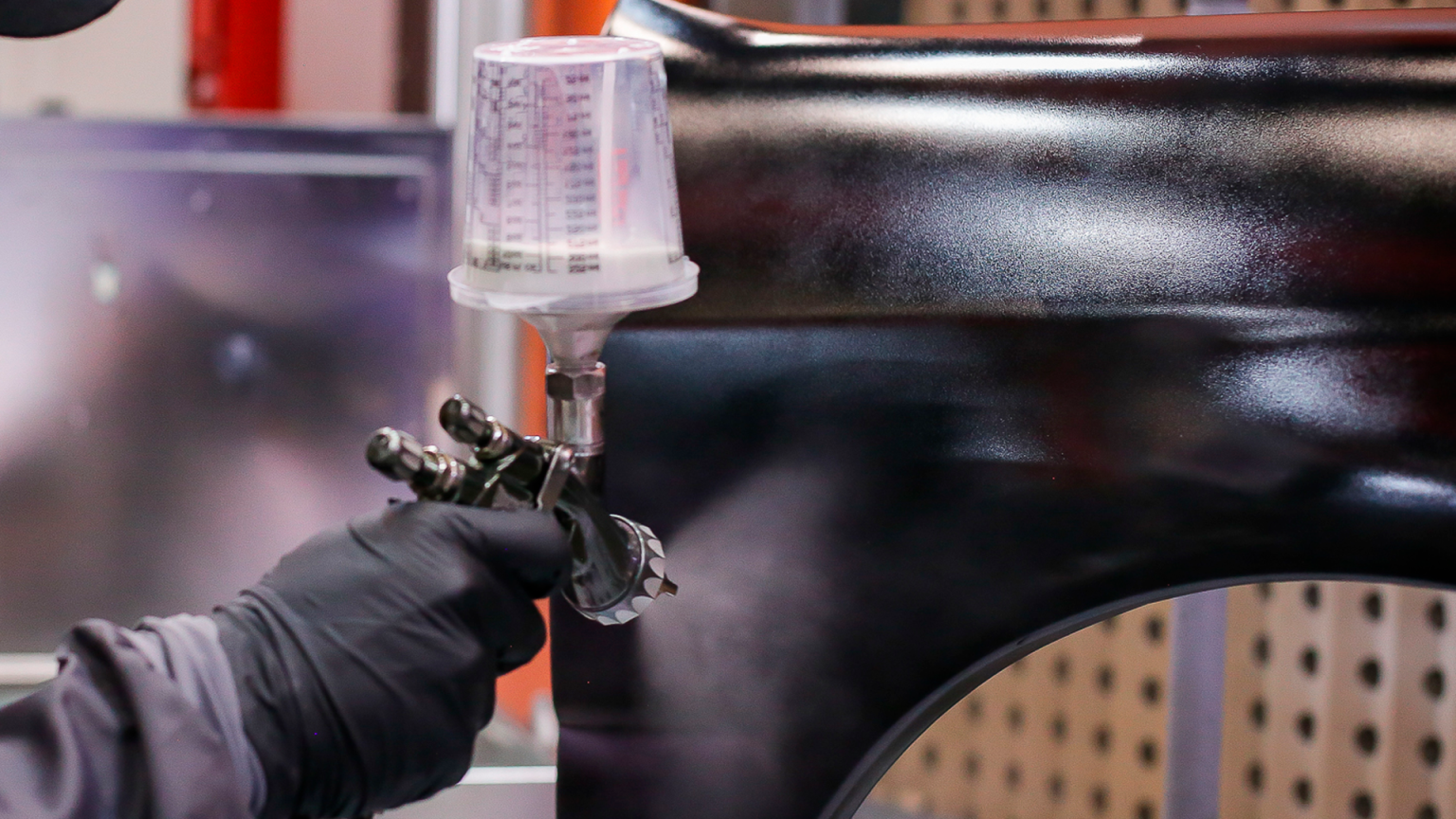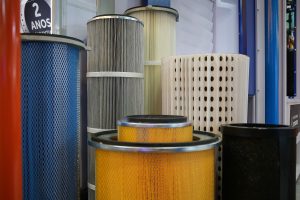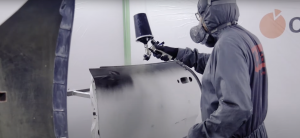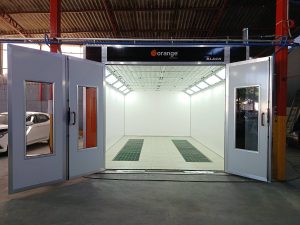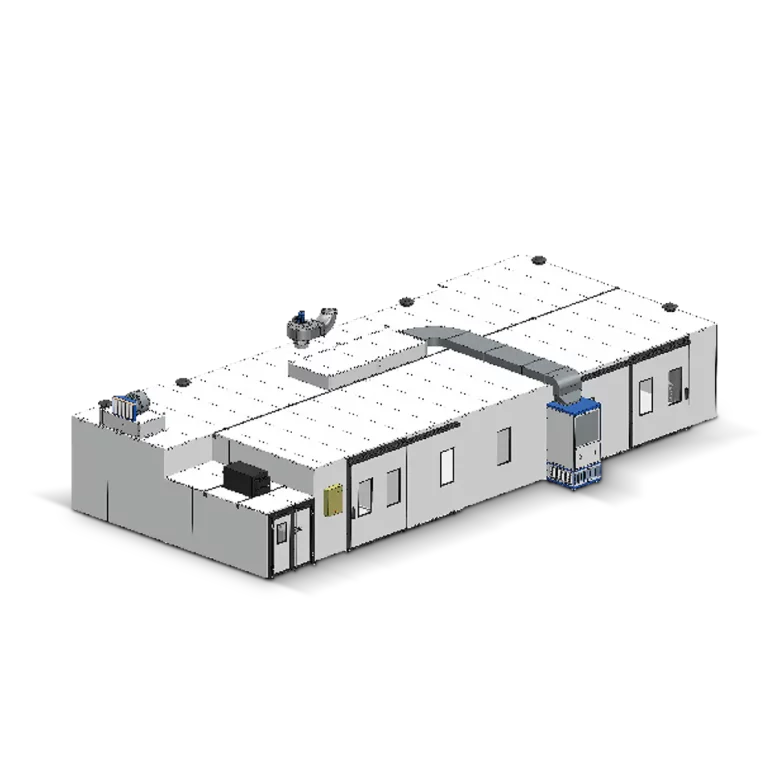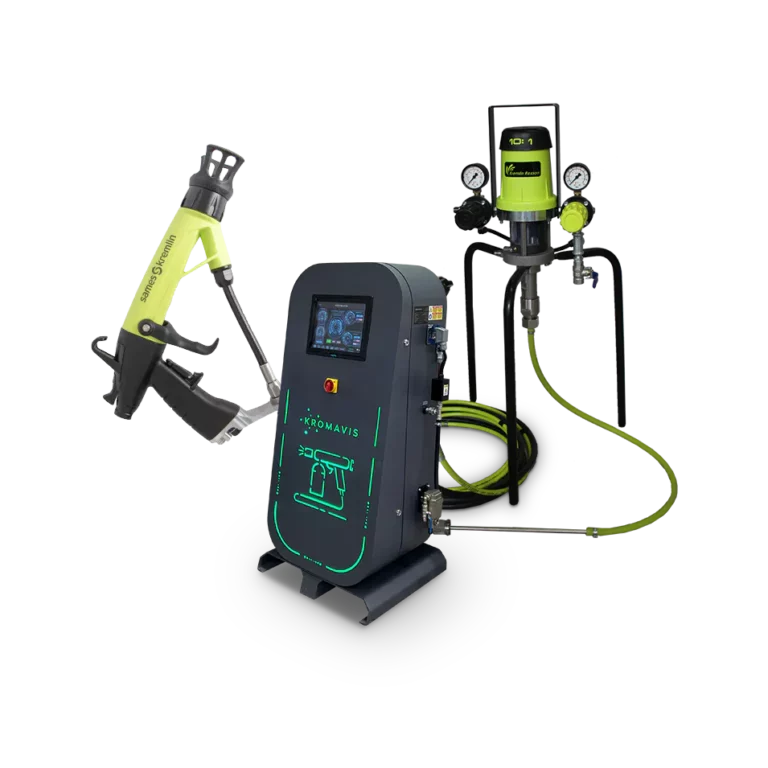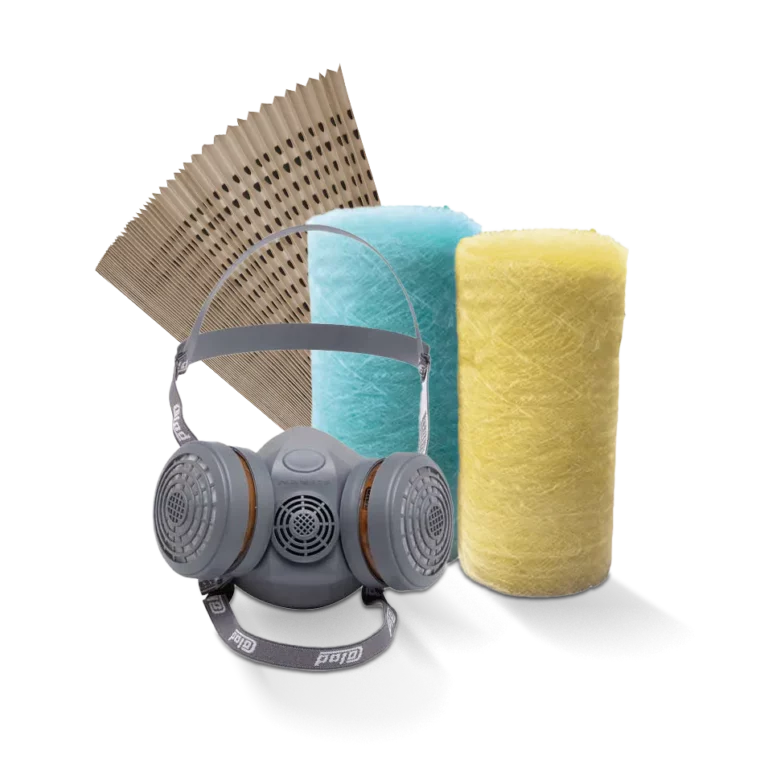Paint guns have undergone several updates since their first model was created (by Dr. Allen DeVilbiss in 1988). New technologies have emerged and improvements have been made to ensure a quality finish with minimal waste.
One of the most popular models in terms of both quality and cost-effectiveness are HVLP paint guns. They are used in various professional painting sectors where high-quality, large-scale finishes are required. But what sets them apart, and what are the advantages of using them?
That's what this article aims to answer, but before discussing HVLP paint guns, it's important to understand the other models to differentiate them. Initially, guns can be divided into three types: pressure, gravity, and conventional guns. Let's learn a little more about them.
Pressure Paint Gun
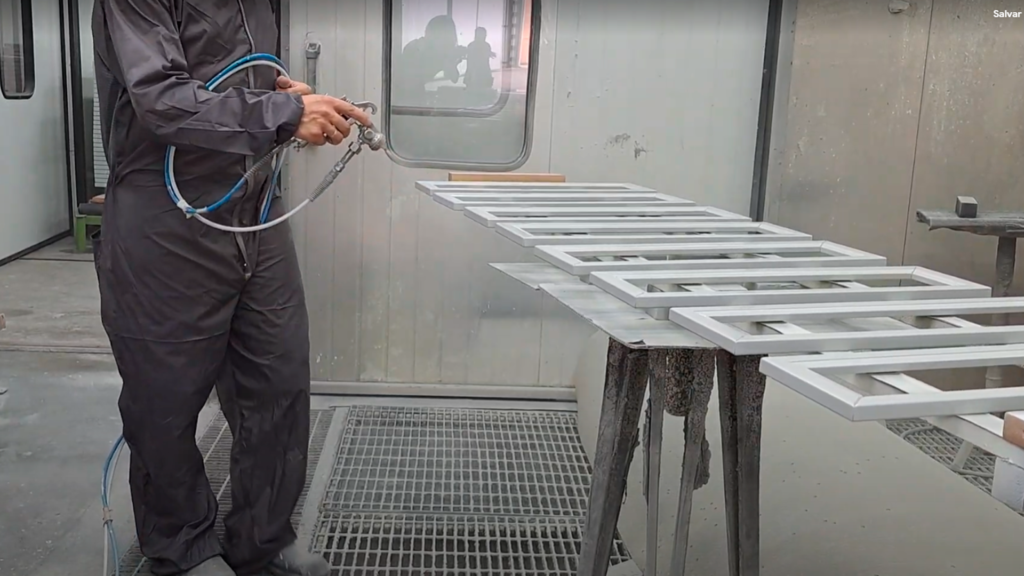
This type of gun uses the principle of pressure to pull the material (paint, primer or others) from the pump or paint tank.
Its main advantage is its ease of handling, however the suction method means that not all the paint is used, which can lead to waste in the long term, as well as irregularities in the distribution of paint.
Gravity Paint Guns
Unlike the previous model, the material container is attached above the gun and relies on gravity to feed the gun and compressed air to spray the paint.
For this reason, this type of spray gun is known for providing more even paint distribution and is ideal for jobs that require high-quality finishes, such as automotive or furniture painting. Furthermore, thanks to the principle of gravity, paint waste is significantly reduced.
Conventional Paint Guns
Paint guns have some important differences compared to other models on the market, especially conventional paint guns. Let's learn a little more about them.
A conventional paint spray gun, also known as a conventional air-operated paint spray gun, is a model that uses compressed air to atomize and apply paint to a surface. Atomization, in this context, refers to the process of transforming a liquid—such as paints and primers—into small, fine particles in the air. This process is essential for uniform paint application and occurs when the liquid is broken down into very small particles, creating a mist of material, also known as spray
Another characteristic of conventional spray guns is the use of high air pressure to atomize the paint, typically above 40 PSI (pounds per square inch). In addition to the pressure, this type of gun also consumes a considerable volume of air, meaning it requires a significant amount of compressed air to spray the paint.
This greater amount of pressure and air makes this model of gun generate more overspray (paint that does not reach and adhere to the surface) and therefore offer less control over the distribution of the paint and, consequently, are not models recommended for a better finish
HVLP Paint Guns
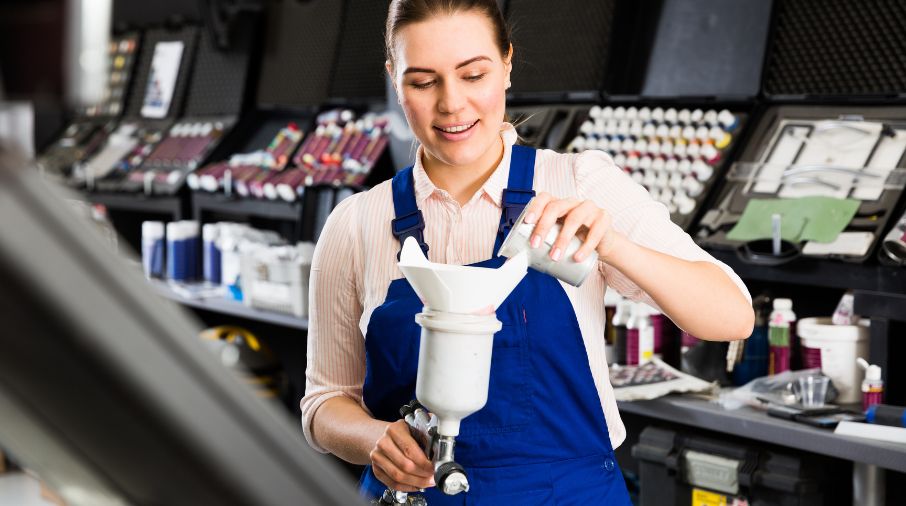
HVLP paint guns are characterized by high transfer and economy. HVLP is the acronym for high volume low pressure, which literally means "high volume low pressure." Unlike conventional models, HVLP spray guns require lower pressure to operate (10 to 20 PSI) and are not used for high pressure, but for air volume.
For this and other reasons, HVLP paint guns They operate solely by gravity and require a well-tuned compressor to ensure optimal air flow and pressure. Because they use a large amount of air, compressors must be large, with a capacity of at least 100 liters.
Advantages of using HVLP Paint Guns
Using HVLP paint guns offers significant advantages over conventional models. One of the main advantages is the efficiency in raw material utilization, as their characteristics provide a transfer rate (average amount of paint that adheres to the surface) of over 65%, in addition to lower oversprayThis not only avoids application problems, but also improves input savings.
As a consequence of greater control and economy, HVLP paint guns They also contribute to a high-quality finish, with fewer roughnesses, runs, and imperfections. Furthermore, the reduced amount of paint creates a cleaner and safer work environment for workers.
Other important features, which are sometimes overlooked, include the fact that HVLP paint guns tend to be quieter than conventional paint guns. Another important point is that their cost-effectiveness and reduced waste make them ideal models for companies seeking to comply with current environmental regulations.
To learn more about industrial painting and other content on painting and finishing, visit the rest of our blog, always with new and exclusive content.
